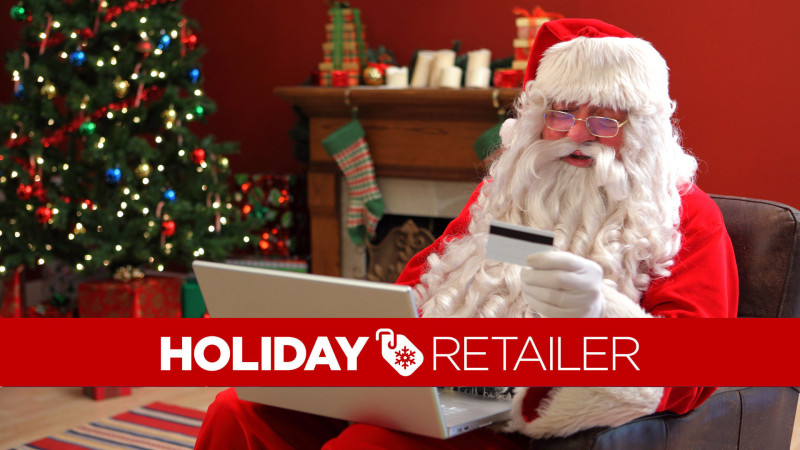The Holiday Advantage: Maturation Of Mobile Real-Time Bidding
Columnist Soo Jin Oh discusses this valuable marketing channel that’s coming along just in time for the holidays.
The holiday season is a time when the symbiotic relationship between consumers and retailers is at its peak. Not only are consumers looking for the best deals and most efficient ways to apply their holiday gift budget, but retailers are also hoping to meet – and exceed – their holiday projections. This year more than ever, retailers will be taking advantage of mobile and real-time bidding (RTB) strategies to reach consumers when and where they are shopping. Digital devices have created environments where store hours are non-existent. The internet is open for business 24 hours a day, and Google Shopping Search Data from July to September 2014 shows that one third of shopping searches happened between 10:00 p.m. and 4:00 a.m.
Real-Time Bidding
The maturation of mobile has been a key contributor in allowing consumers to adapt their buying behaviors to this nonstop retail lifecycle. When you combine mobile with the ability to reach your audience instantly through real-time bidding (RTB), you land at the intersection of two of the fastest growing areas of digital marketing. Last year, serving ads on mobile devices or tapping into app environments could be considered emerging trends. According to mobile ad exchange Nexage, mobile RTB spend increased 153% during the holiday season and accounted for 70% of total spend on the exchange at one point. Now, mobile is considered a marketing must-have, and when combined with RTB and data-driven advertising, it opens new marketing opportunities as it relates to time and location for the 2014 holiday shopping season. The significant growth that mobile RTB has experienced during this past year means that the amount of inventory available on ad exchanges has also increased, so marketers have plenty of opportunities to reach shoppers while they’re actively making buying decisions. Also, earlier this year, Smaato released a Global Mobile RTB Insights report, which showed that the CPG, food and retail categories overtook entertainment and media as the number one spenders for mobile RTB in Q1. Since mobile RTB helps marketers take advantage of the times when consumers are on the go (many times, shopping), there is a tremendous focus on how the industry can further improve RTB’s growth and make it a more vital part of every marketing strategy.
Mobile Attribution
To start, location-specific targeting is the main difference (and advantage) for mobile RTB compared to desktop RTB. The opportunity to layer shopping behaviors and physical location with real-time activity creates a more holistic view of your customer and their path to purchase, which may ultimately lead to more sales. Mobile enables brands to target potential customers by device type, demographics, search data, site activity and location. Hyper local targeting takes location-based advertising one step further with its potential to drive consumers to an actual store location. In this scenario, mobile quickly becomes a strong tool for driving in-store traffic vs. actual online purchases. Other aspects related to creative and audience targeting allow marketers to engage that same user across their screens through rich experiences. So, how can retailers ensure their mobile RTB strategies are making an impact on their bottom line? Multi-channel attribution is important to measure efficacy of mobile against other digital and offline marketing strategies. With the last touch model, mobile will be underestimated and, in effect, devalued for its impact to drive sales, as a higher percentage of conversions happen on desktops. By looking beyond the last touch model, retailers will gain the ability to measure the multiple touch points driving sales. They can use this data to better understand the effects of top-funnel influencers, optimize different channel strategies, and fine tune ad frequency across their entire marketing spend.
Final Thoughts
As the holidays approach, brands that take advantage of mobile RTB will be able to reach more of their customer segments. Brands will be able to get in front of their prospects as they consume content on mobile devices, allowing brands to reach target audiences when prospects are most likely in shopping mode or in close proximity to a physical store location.
Some opinions expressed in this article may be those of a guest author and not necessarily Marketing Land. Staff authors are listed here. Marketing Land – Internet Marketing News, Strategies & Tips
(186)














